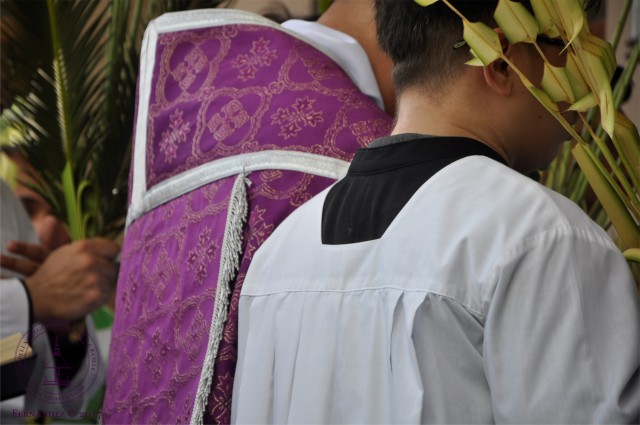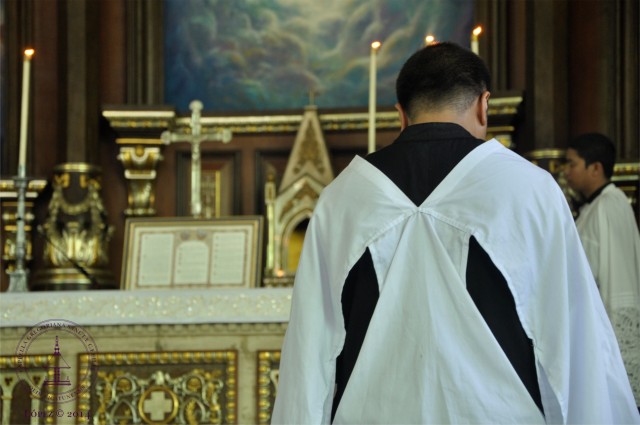Tenebræ, as a particular custom of saying Matins and Lauds for the Sacred Triduum, is sometimes explained in incomplete terms to avoid addressing the problems produced by the Pian Holy Week reforms. The word tenebræ in Latin means darkness. It is a plurale tantum, which means we can never find the word used in the singular, *tenebra. As many authors have already described the spiritual side of this darkness, we shall be content with asking one question: How do we experience ambient darkness?

Darkness is simply the absence of light. When the sun sets, its light diminishes, and darkness creeps in. When a household forgets to pay its utilities and the power provider decides to cut the line, it will have no electricity-powered light come nighttime. When we are in a brightly-lit windowless room, and some pranksters flipped the switch off, darkness engulfs us. There are, therefore, two sides to the experience of darkness: first, the disappearance of light; second, the emergence of darkness.
Now back to the Office of Darkness. Monks recited Matins at midnight, Lauds close to dawn. These are hours when the earth is morally still awash in the darkness of night. To sing the Offices, monks needed light. As with other nocturnal Offices, the same necessity for light was expected in the Offices of the Sacred Triduum. What happened differently, however, was the fact that monks started to extinguish the light gradually until all lights had been smothered by the end of Lauds. As Matins progressed and ushered in Lauds, the monks in choir were plunged deeper and deeper into ambient darkness. And what usually happens after the fact? The name is coined. The nocturnal Offices of the Sacred Triduum became the Office of Darkness.
The Office is very long, and, if coupled with extenuating circumstances, such as the staggered recitation of matutinal nocturns in monastic communities, can sometimes extend into daybreak. In places where night gradually shortens after the equinox, this meant that the Office can reach up to midmorning. “The desire to render these sublime Offices more accessible to clergy and laity,” notes the Catholic Encyclopedia, prompted the shifting of the Offices “from midnight to the previous afternoon, when no real darkness can be secured.”
Such desire evidently asserted itself when the Commission for the General Reform of the Liturgy, convened on 12 December 1952, and afterwards on 23 January the following year, and much later on 24 June 1955. In the process, no restoration happened, just another temporal translation, which also turned out to be a band aid solution for the centuries-old rhythm of Christendom to attend liturgies in the morning of the Sacred Triduum. In the process, the Office of Darkness lost the element that gave it its name. Explaining the importance of the Officium Tenebrarum now rests on unintentional half-truths.

The Office of Darkness did not come to be known as such merely by the extinguishing of lights. The service came to be known as Tenebræ after the extinguishing of lights and the darkness that waxes with each extinction. As we sing the Tenebræ on these hallowed days, we participate in the collective effort to keep the ancient liturgies alive. We, therefore, pray to God that He may deign to restore the Sacred Liturgy throughout the world.
Ut in omnibus laudetur Dominus.
—
REFERENCES
[1] Herbert Thurston, Tenebræ: The Catholic Encyclopedia 14 (New York 1912).
[2] Verbale delle 25a, 27a, e 51a adunanze. See: Nicola Giampietro, O. F. M. Cap., Il cardinale Giuseppe Ferdinando Antonelli e gli sviluppi della riforma liturgica dal 1948 al 1970 (Rome 1998), pp. 315, 319, 355.






